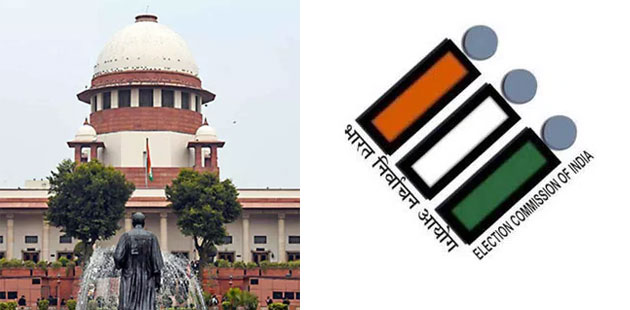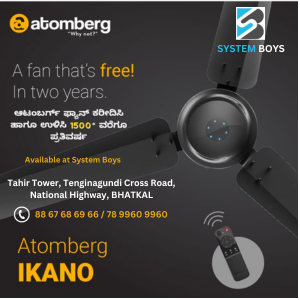EVMs have microcontrollers housed in secured modules, ECI tells SC
07:29PM Wed 24 Apr, 2024

New Delhi, Apr 24 (IANS): The Election Commission of India (ECI) on Wednesday apprised the Supreme Court that all three units (i.e. ballot unit, control unit and VVPAT) of the Electronic Voting Machines (EVMs) have their own microcontroller.
“These microcontrollers are housed in secured unauthorised access modules so they cannot be accessed physically also,” submitted an ECI official before a bench presided over by Justice Sanjiv Khanna.
The official further told the Bench, also comprising Justice Dipankar Datta, that the microcontrollers used in the poll process are “one-time programmable” and this programme burned at the time of manufacturing cannot be changed at a later stage.
He added that two manufacturers, namely Electronics Corporation of India Limited and Bharat Electronics Limited prepare the symbol loading units (SLUs).
The poll body official explained that after counting is over, all the EVMs are stored till the expiry of the 45-day limitation period provided for the institution of an election petition under the Representation of the People Act.
Subsequently, on the 46th day, the Chief Electoral Officer writes to the Registrar General of the concerned High Court to ascertain if any election petition has been filed and only after receiving a written reply in negative, the district officers are directed to open the strong rooms. If any election petition is found to be filed, the strong rooms remain sealed and “nobody touches it”.
“After the polling is over, all the three units are sealed,” the official submitted before the apex court.
Earlier in the day, the Supreme Court told senior advocate Maninder Singh, appearing for the ECI, to ask poll body officials to remain present at 2 p.m. to respond to certain technical queries pertaining to the Electronic Voting Machines (EVMs).
It sought to know if the microcontroller is installed in the controlling unit or in the VVPAT (Voter-Verifiable Paper Audit Trail) and if the microcontroller used is “one-time programmable” or not.
Last week, the top court reserved its verdict on a batch of public interest litigations (PILs) seeking mandatory cross-verification of the votes cast in EVMs with Voter-Verifiable Paper Audit Trail (VVPAT) slips.
In April 2019, the Supreme Court ordered the ECI to increase the VVPAT slips from one Electronic Voting Machine (EVM) per Assembly constituency to five. It had issued guidelines for mandatory verification of VVPAT slips, out of five randomly selected polling stations, after completing the final round of counting votes recorded in EVMs. A VVPAT is considered an independent verification system for voting machines, allowing voters to verify whether they have correctly cast their votes.












